From The Beatles and Prince to Taylor Swift’s 10-minute Masterpiece, These Epic Tracks Defied the Rules and Made Music History.
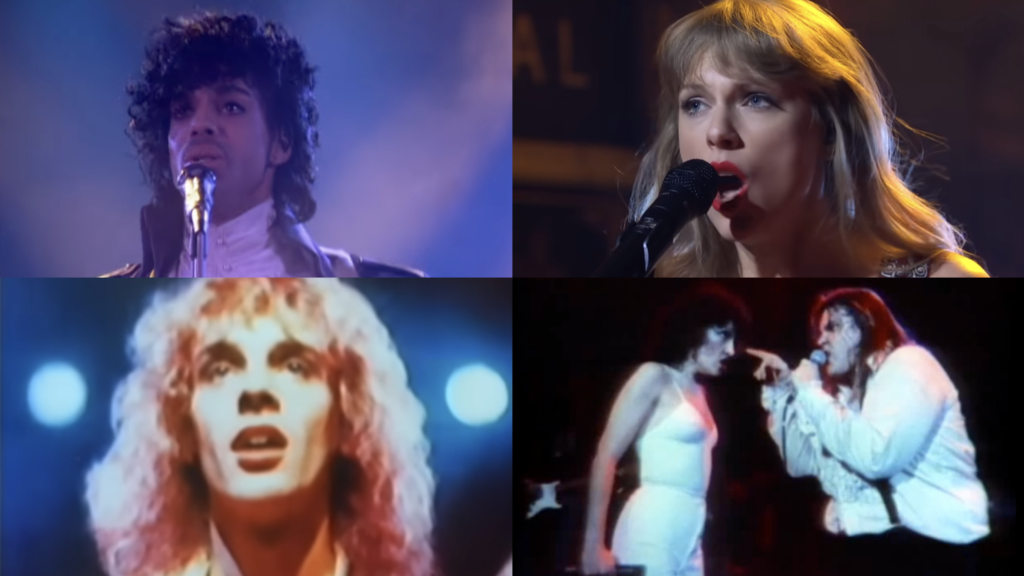
In an industry built on short attention spans and radio-friendly runtimes, these songs did the unthinkable: they took their time and still climbed the charts. Some were slow burns that grew into anthems. Others were instant blockbusters, sprawling and emotional, with no intention of fitting into a three-minute mold. From classic rock legends to modern storytellers like Taylor Swift, these artists proved that a song doesn’t have to be short to be unforgettable.
Each track on this list pushed past the conventional limits of what a hit is supposed to be. They weren’t just songs, they were journeys. With solos that went on for minutes, lyrics that told full stories, and even entire mood shifts within a single track, they became part of musical folklore. And whether they peaked at number one or barely cracked the top 100, their impact was anything but small. These 15 songs didn’t just chart. They changed what was possible.
15. “Bohemian Rhapsody” – Queen

📀 5:55
When Queen released “Bohemian Rhapsody” in 1975, no one had heard anything like it before. It opens as a tender piano ballad, shifts into operatic chaos, erupts into hard rock, and closes with a fading whisper. Clocking in at nearly six minutes, it was considered far too long for radio, but Queen refused to cut it down. Against all advice, they released it as-is, and listeners were mesmerized. It shot to number one in the UK and reached the top ten in the U.S., proving that audiences were more adventurous than critics gave them credit for. The song became a theatrical masterpiece, showcasing Freddie Mercury’s genius and the band’s willingness to take risks. Every second of it felt bold and strange in the best possible way.
It returned to the charts again in 1992 thanks to Wayne’s World, where headbanging in a car brought it to a whole new audience. That second run pushed it back into the Billboard top ten, making it a rare hit across two separate decades. Its layered vocals, abstract lyrics, and genre-hopping structure have inspired generations of artists and fans. Despite having no chorus, no traditional structure, and no clear meaning, it became one of the most beloved songs in rock history. Concert crowds still sing every word. It wasn’t just a song, it was a statement that music could be art, even if it made no sense on paper. And somehow, that only made it more magical.
14. “Come Sail Away” – Styx

📀 6:07
Released in 1977, “Come Sail Away” became one of Styx’s signature hits, despite its unusually long runtime for a radio single. The song begins as a soft piano ballad, filled with dreamy imagery and wistful longing, then gradually transforms into a soaring progressive rock anthem complete with synthesizers and layered harmonies. That genre shift halfway through is part of what makes it so memorable. Clocking in at just over six minutes, it reached No. 8 on the Billboard Hot 100, proving that audiences were more than willing to embrace something that unfolded slowly and dramatically. Dennis DeYoung’s theatrical vocals and the song’s sense of adventure gave it lasting appeal. It wasn’t just a song, it was a mini voyage.
“Come Sail Away” became a classic rock staple, played in countless movies, TV shows, and even graduation ceremonies. Its emotional tone made it a coming-of-age anthem, while the sci-fi twist in the final verse gave it a surreal, unforgettable finish. It’s a perfect example of how Styx blended showmanship with musicianship, and how a band could tell a full story in six minutes without ever feeling rushed. While shorter edits existed for radio, fans always preferred the full version with its slow-burning build and dramatic payoff. It continues to strike a chord with listeners who love their rock with a bit of theatrics and a lot of heart. For a song about sailing into the unknown, it sure found a permanent place on land.
13. “Hotel California” – The Eagles
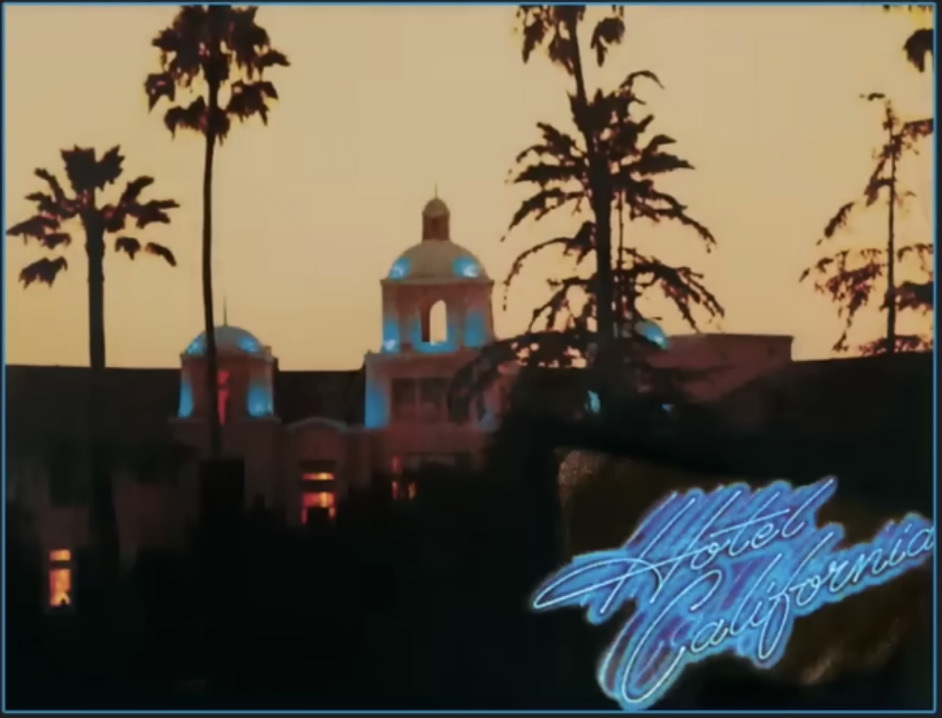
📀 6:30
Released in 1976, “Hotel California” became an instant classic, even though it ran over six minutes long. Most radio-friendly singles hovered around the three-minute mark, but The Eagles were telling a story—and they weren’t going to rush it. With its haunting guitar intro and cryptic lyrics, the song painted a picture of eerie California glamour and the disillusionment hiding beneath it. Don Henley’s vocals drip with both charm and forewarning, making listeners feel like they’ve checked into something surreal. The dual guitar solo at the end, performed by Don Felder and Joe Walsh, became one of the most iconic in rock history. The song dominated the airwaves and won the Grammy for Record of the Year in 1978. It has never really left rock radio since.
“Hotel California” felt like a warning wrapped in silk, a slow unraveling of the American dream. Fans have argued for years over what it really means—was it about fame, addiction, or something darker? Whatever the interpretation, the mood it created was unmistakable. The Eagles had perfected their blend of rock and storytelling, and this track showed off their ability to create atmosphere as much as melody. The length of the song allowed it to breathe, unfold, and stick in your mind like a half-remembered dream. It’s still one of the most requested classic rock songs of all time. And for a track that took its sweet time, it somehow never feels long.
12. “Papa Was a Rollin’ Stone” – The Temptations
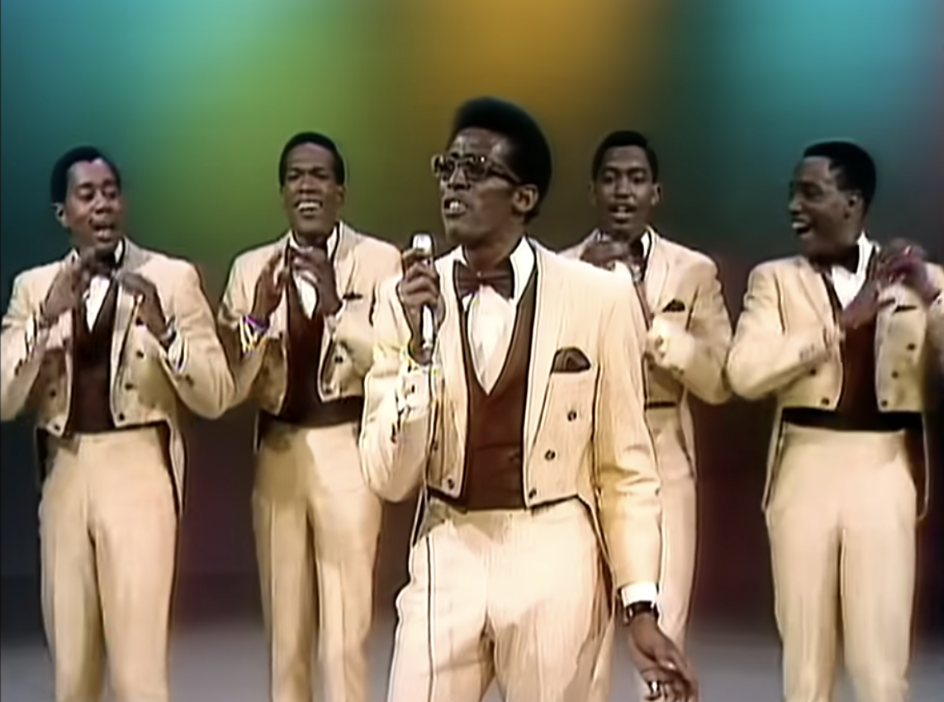
📀 6:54 (single version), over 12 minutes on the album
When The Temptations released “Papa Was a Rollin’ Stone” in 1972, it marked a bold shift from their earlier Motown sound. The single version, which clocked in just under seven minutes, became a number one hit on the Billboard Hot 100 and won three Grammy Awards. But it was the full-length album version—stretching past 12 minutes—that showcased the song’s true ambition. It opens with a nearly four-minute instrumental introduction, moody and cinematic, before the vocals even begin. The song’s funk-laced groove and socially charged lyrics captured the tension of the era, tackling themes of absentee fathers and broken homes with an intensity that was rare in mainstream soul at the time. Producer Norman Whitfield turned it into a sprawling soundscape, and fans couldn’t get enough.
The track felt less like a song and more like a statement. With its hypnotic bassline and eerie atmosphere, it stood out from everything else on the radio. Dennis Edwards’ lead vocals simmer with emotion, especially in the haunting refrain, “Papa was a rollin’ stone… wherever he laid his hat was his home.” The instrumentation builds slowly and deliberately, drawing listeners into a world of shadow and reckoning. It was risky to release such a long and unconventional track as a single, but it paid off. It introduced a darker, more socially conscious side of The Temptations and became one of their biggest commercial successes. Even now, it sounds like a storm rolling in—slow, powerful, and impossible to ignore.
11. “Hey Jude” – The Beatles
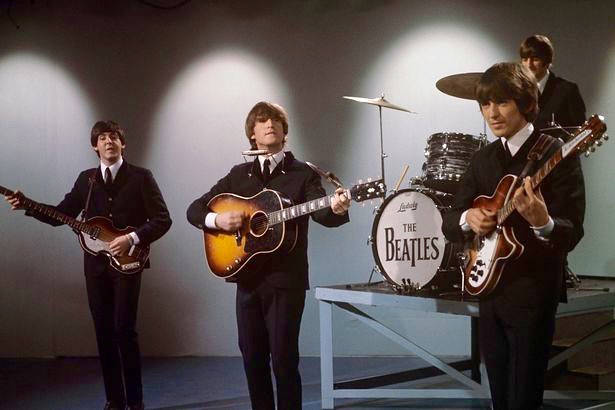
📀 7:11 — A 1968 anthem that stayed at #1 for nine weeks.
When “Hey Jude” came out in 1968, it defied every pop music norm. At over seven minutes long, it was the longest single ever released by The Beatles—and still became their biggest U.S. hit. Written by Paul McCartney to comfort John Lennon’s son Julian, the ballad swells from a gentle piano melody into an unforgettable, arena-sized singalong. Radio DJs hesitated to play something so lengthy, but fans instantly embraced it. The emotional range, from soft sorrow to triumphant repetition, struck a chord around the world. Its “na-na-na” refrain became one of the most iconic outros in music history. This wasn’t just a hit—it was a healing anthem in turbulent times.
“Hey Jude” proved that listeners would stick around if the song had heart. The single stayed at No. 1 on the Billboard Hot 100 for nine weeks, a record at the time for a British act. It also marked the debut of the Beatles’ Apple Records label, with a fresh green logo and a new sound for the era. The sweeping orchestration and gospel-like climax influenced decades of rock ballads to come. Even now, crowds join in whenever it plays, whether at weddings, pubs, or stadiums. It’s not just a long song; it’s a lasting emotional experience. And more than fifty years later, it still makes people stop, sing, and feel something.
10. “I’d Do Anything for Love (But I Won’t Do That)” – Meat Loaf
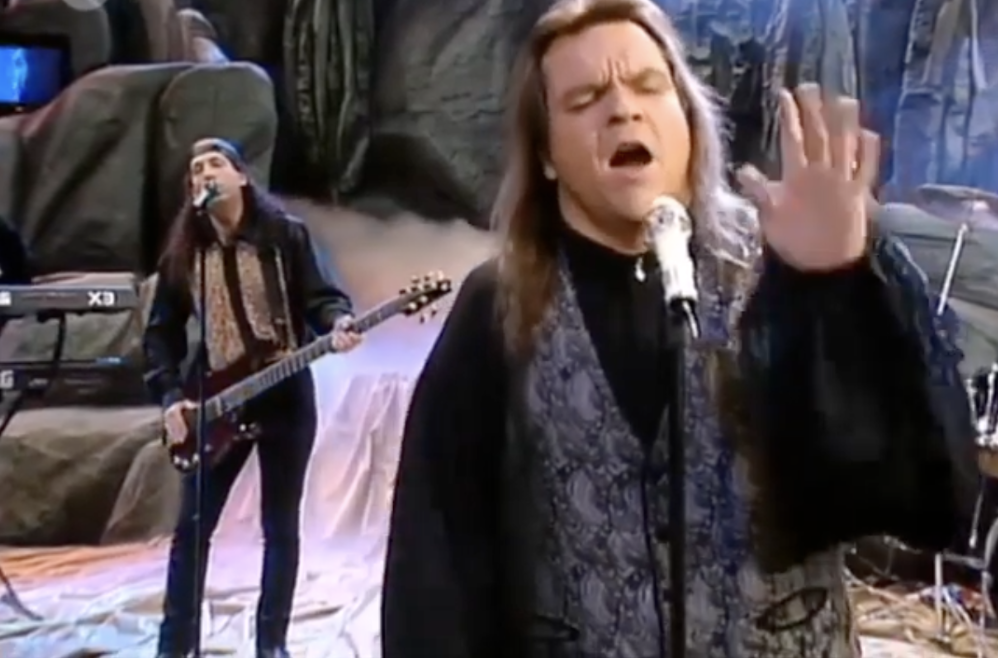
📀 7:58
When Meat Loaf released this nearly eight-minute rock ballad in 1993, most thought it was too long, too weird, or too theatrical to chart. But it defied expectations and soared to number one in over two dozen countries. Written by Jim Steinman, the song had everything: a booming voice, operatic shifts, and that mysterious lyric that left everyone wondering what exactly he wouldn’t do. Despite its epic runtime, radio stations embraced it, and fans were captivated by its sheer emotional intensity. It spent five weeks at the top of the Billboard Hot 100 and became a defining power ballad of the ’90s. The track marked a major comeback for Meat Loaf, who hadn’t seen chart success in over a decade. It was grand, strange, and completely unforgettable.
The song builds like a theatrical production, with dramatic shifts in mood and tempo that feel more like a stage show than a pop single. By the time Lorraine Crosby’s vocals enter, it becomes a full duet and reaches peak melodrama. The accompanying music video added another layer of mystique, casting Meat Loaf as a tortured romantic figure in a gothic fairy tale. It was pure rock opera, unapologetically big and filled with emotion. And that ambiguity in the lyrics? It turned into one of the great pop culture debates of the decade. Fans sang it anyway, word for word, emotion for emotion. To this day, it’s hard to find a karaoke night where someone doesn’t give it their all.
9. “Stairway to Heaven” – Led Zeppelin
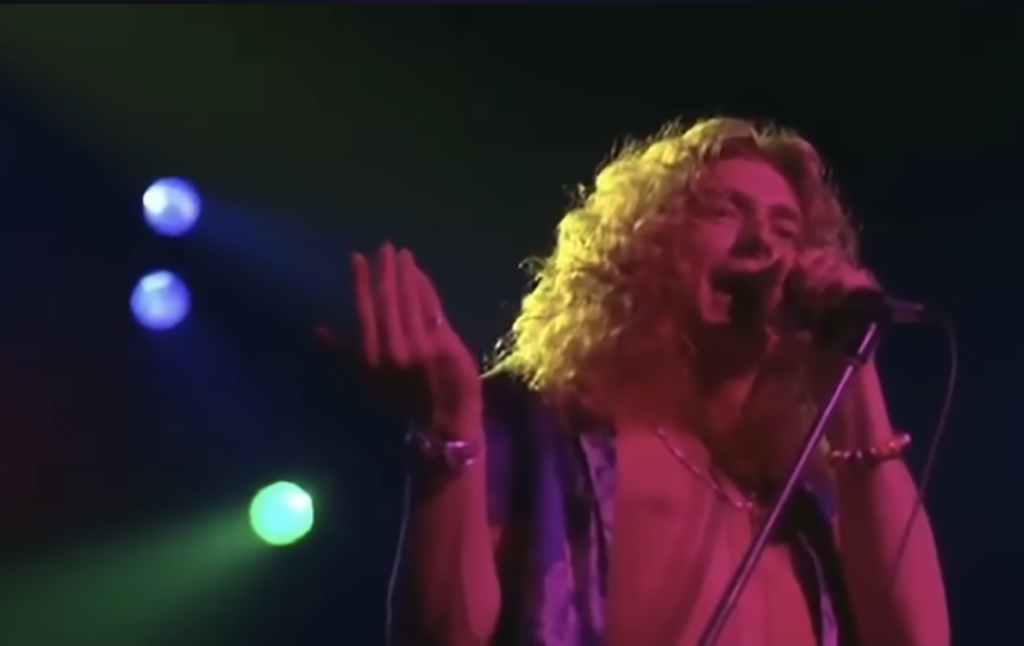
📀 8:02
Even though it was never released as a commercial single in the U.S., “Stairway to Heaven” became one of the most played songs in radio history. When Led Zeppelin unveiled it in 1971, it slowly hypnotized listeners with a gentle acoustic intro before building into a storm of electric guitar, soaring vocals, and mystical lyrics. It wasn’t designed for the charts, yet FM radio embraced it, playing all eight minutes without complaint. The song’s structure was unconventional but captivating, unfolding like a journey through different musical landscapes. Robert Plant’s lyrics, filled with cryptic imagery, gave fans endless theories to unpack. Jimmy Page’s guitar solo is still hailed as one of the greatest ever recorded. And despite its length, it became an anthem for an entire generation.
“Stairway to Heaven” wasn’t just a song—it was a rite of passage. Teenagers in the 1970s and beyond would sit cross-legged on their bedroom floors, absorbing every lyric as if it held some ancient wisdom. It became the unofficial slow dance song at countless school dances and high school proms. The track was rarely performed on television, adding to its mystique. Radio stations gave it priority status, and fans requested it for years as though it had been a hit single. It cemented Led Zeppelin’s place in rock royalty and proved that a song didn’t have to chase commercial formulas to become legendary. Even today, it feels like a portal into another world.
8. “Autumn Song” – Manic Street Preachers
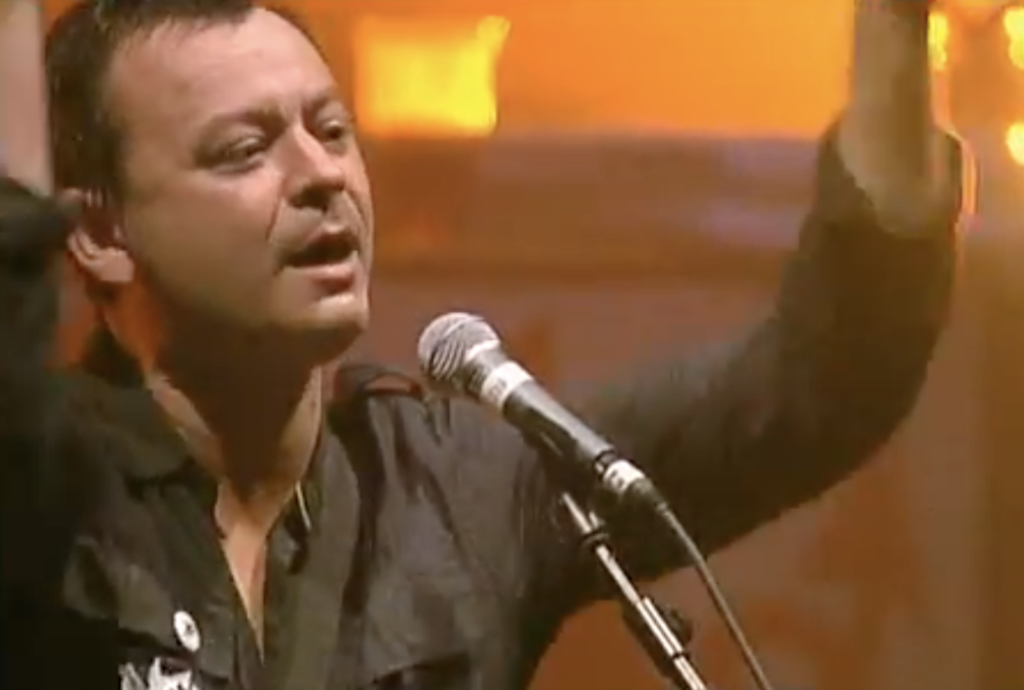
📀 8:02
Though not as widely known in the U.S., “Autumn Song” by Manic Street Preachers became a UK charting hit in 2007, clocking in at just over eight minutes on the album version. It was released as part of Send Away the Tigers, a comeback record that saw the band returning to their anthemic rock roots. The song blends soaring guitars with introspective lyrics, reflecting on the melancholy and magic of youth fading into adulthood. With its sweeping chorus and nostalgic tone, it struck a chord with longtime fans and introduced new listeners to the band’s poetic sensibility. While the radio edit trimmed the length, the full version was praised for letting the music breathe. It wasn’t just about a season, it was about the emotional weight that comes with change.
“Autumn Song” feels like a final burst of color before the cold sets in. It captures that bittersweet moment when everything beautiful seems just a little out of reach. The band’s layered sound and emotive delivery turn the track into a slow-burning anthem that never quite lets go. It didn’t need to top international charts to leave a lasting impression. In the UK, it cemented the Manics’ reputation for delivering epic rock songs that blend intellect with feeling. And for fans who grew up with the band, it was a reminder that they still knew how to stir the soul. Sometimes a long song doesn’t need to shout, it just needs to echo.
7. “Tubular Bells” – Mike Oldfield
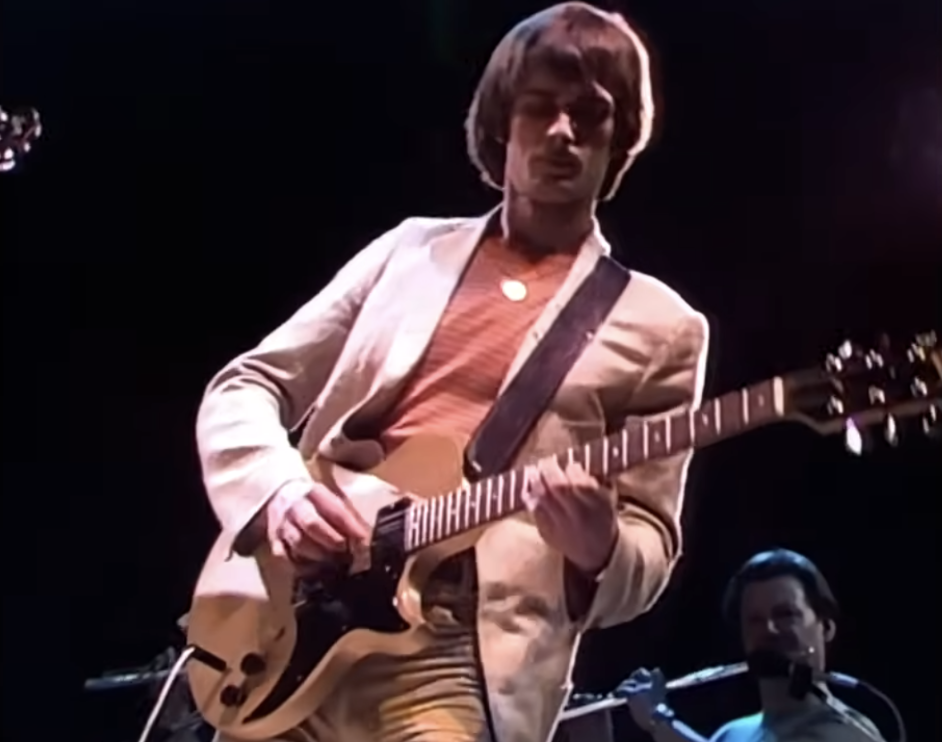
📀 8:04 (single edit)
When Mike Oldfield released “Tubular Bells” in 1973, it was an experimental, mostly instrumental piece that few expected to find mainstream success. But after the opening sequence was featured in the film The Exorcist, the eerie piano riff became instantly recognizable—and chilling. The single edit, cut down to just over eight minutes from the original album’s 25-minute movements, began to climb the charts. It eventually reached No. 7 on the Billboard Hot 100 in 1974, a remarkable feat for an avant-garde instrumental by a 19-year-old multi-instrumentalist. The track doesn’t follow any pop format, but its haunting repetition and slow-building layers pulled listeners in. It was spooky, hypnotic, and unlike anything else on the radio.
“Tubular Bells” helped launch Virgin Records and made Oldfield a cult figure overnight. The full-length album was even more ambitious, moving through multiple shifts in tone, tempo, and instrumentation, but it was the edited single that brought the composition to the masses. The track’s influence reached beyond just progressive rock—it helped open the door for more ambient and experimental music in mainstream settings. It also showed that a song didn’t need vocals, hooks, or even a chorus to make people listen. Decades later, it’s still associated with both high art and horror, proving that music this unusual can leave a permanent mark. It’s one of the most unlikely hits ever—and that’s exactly what makes it legendary.
6. “Paradise by the Dashboard Light” – Meat Loaf
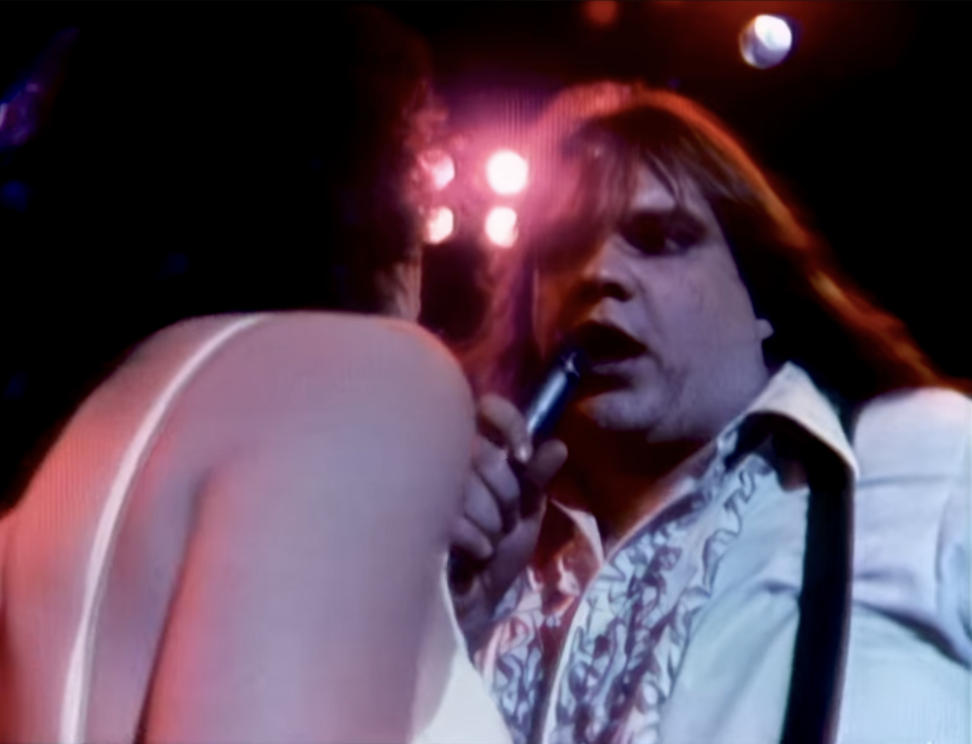
📀 8:28
Meat Loaf’s 1977 rock opera anthem “Paradise by the Dashboard Light” took storytelling in pop music to a wild, theatrical extreme. Clocking in at over eight minutes, it unfolds in three acts: teenage lust, a hilarious baseball commentary metaphor, and eventual regret. Written by Jim Steinman, the song featured Ellen Foley on vocals and was a dramatic duet from start to finish. Despite—or maybe because of—its unapologetic weirdness, it became a radio staple and peaked at No. 39 on the Billboard Hot 100. Stations often played the full version, even with the play-by-play baseball interlude that made it sound like nothing else on the air. It wasn’t a song you casually hummed; it was one you performed. And people loved it.
Over time, “Paradise by the Dashboard Light” became more than a single—it became a rite of passage for rock fans and karaoke warriors alike. Its mix of melodrama, humor, and powerhouse vocals made it one of Meat Loaf’s most memorable tracks. The song captured the thrill and absurdity of young love with tongue firmly in cheek. And while it wasn’t a No. 1 smash, it gained legendary status through sheer audacity and staying power. It’s still a showstopper at parties, weddings, and retro nights. Few songs take you on such a chaotic, fun ride and leave you laughing, cringing, and singing along by the end.
5. “American Pie” – Don McLean
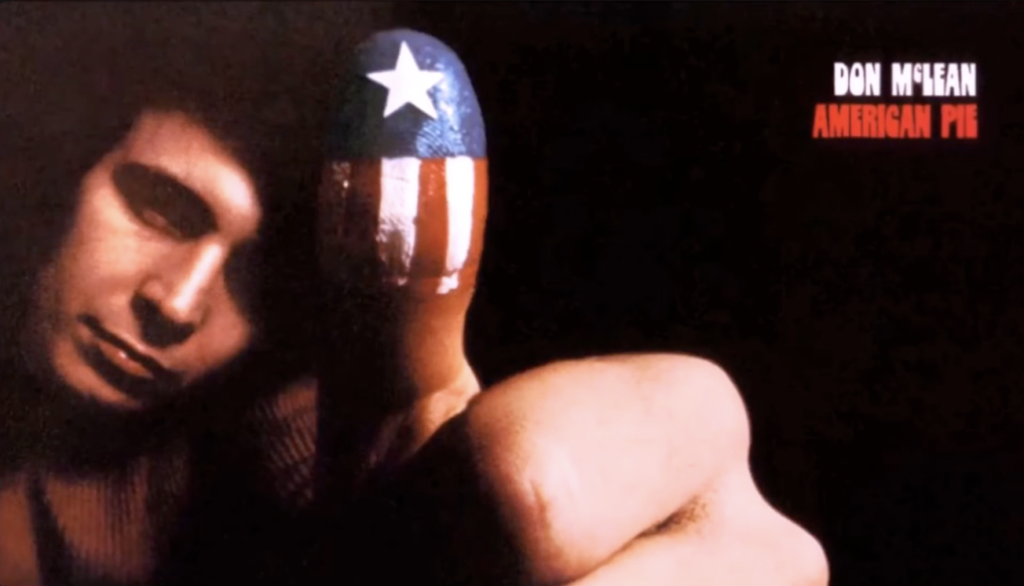
📀 8:42
When Don McLean released “American Pie” in 1971, it felt like the entire story of a generation wrapped into one sprawling, poetic ballad. At eight minutes and forty-two seconds, it was the longest song ever to hit number one on the Billboard Hot 100 at the time. The lyrics, famously cryptic and deeply nostalgic, offered a lyrical map through the cultural shifts of the 1950s and 60s. From Buddy Holly’s tragic death to the loss of innocence in American music, it was both a tribute and a farewell. Yet despite its epic length and heavy subject matter, it caught fire with the public. DJs had to flip the 45 rpm single just to play the whole thing. Audiences didn’t mind. They knew they were listening to something important.
The chorus, with its mournful line “the day the music died,” became a permanent part of the American pop vocabulary. For years, fans tried to decode every verse, guessing who each reference pointed to—from Elvis to Dylan to The Rolling Stones. But McLean remained tight-lipped, saying only that it was about “America.” The song felt like a time capsule, capturing both heartbreak and hope. Even decades later, it still resonates, especially during times of national reflection. It stayed on top of the charts for four weeks and became a staple of every classic rock playlist to follow. For many, it’s not just a song but a history lesson with a melody you can sing along to.
4. “Purple Rain” – Prince and The Revolution
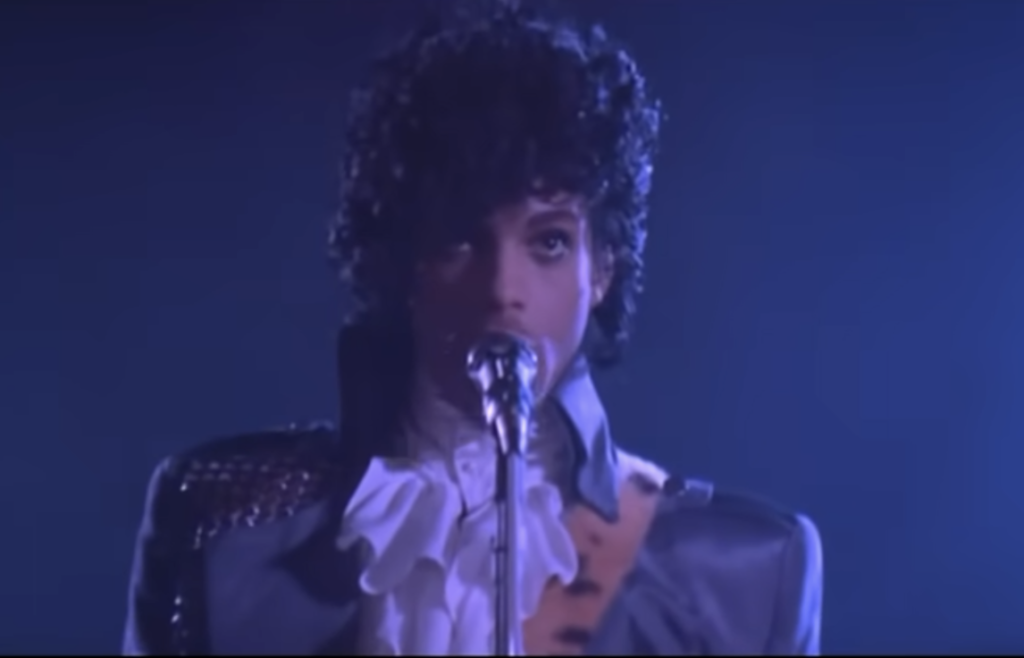
📀 8:41
Released in 1984 as the emotional centerpiece of both an album and a movie, “Purple Rain” became one of Prince’s most enduring masterpieces. At nearly nine minutes, it was unusually long for a power ballad to climb the charts, yet it reached number two on the Billboard Hot 100. With its slow build, aching vocals, and soaring guitar solo, the song was a raw blend of rock, gospel, and soul. Prince poured every ounce of passion into it during the live recording that appears on the album, captured in one take at a benefit concert in Minneapolis. It wasn’t just a song, it was a catharsis. Radio stations often trimmed it, but fans always preferred the full experience. The track helped cement Prince as not just a performer but a musical force.
“Purple Rain” is about heartbreak, longing, and that moment of standing in the storm and letting yourself feel everything. It closes both the album and the film, with the final guitar solo practically wailing in place of words. Despite its heavy emotion, the song never feels indulgent—it feels necessary. Prince’s ability to stretch a simple phrase into a moment of transcendence gave the track an almost spiritual quality. Even today, it’s played at tributes, weddings, and stadium shows, each time reminding listeners of his unmatched artistry. Few artists could make such an epic feel so intimate. “Purple Rain” didn’t need to top the charts to become legendary, but the fact that it came close says everything about its power.
3. “November Rain” – Guns N’ Roses
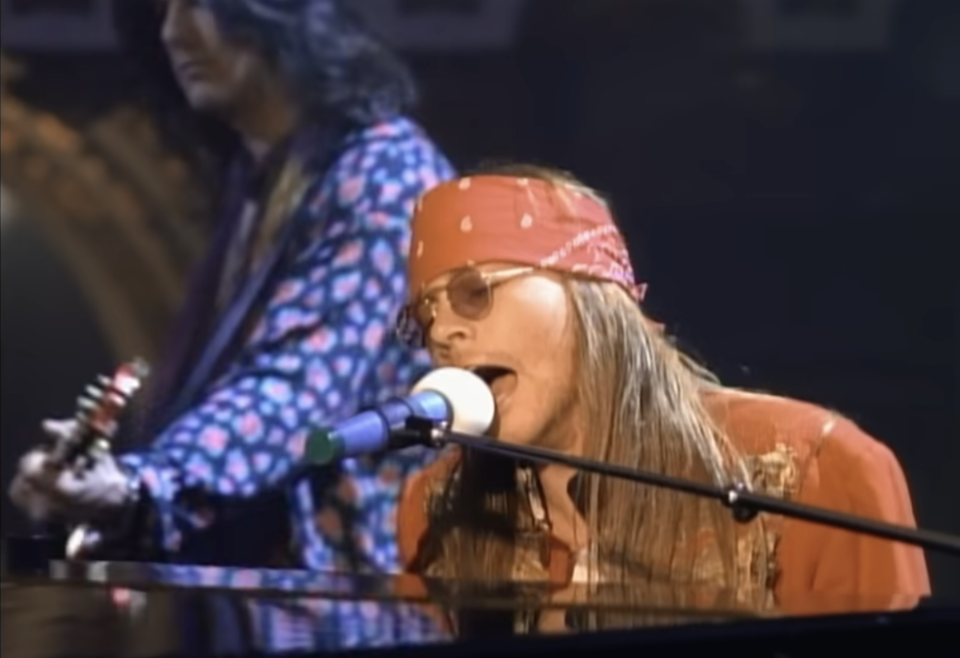
📀 8:57
When “November Rain” was released in 1992, it was the longest song ever to break into the Billboard Top 10—and it did so without compromising its grand, operatic style. At nearly nine minutes, it was a sweeping power ballad with strings, piano, and some of Slash’s most iconic guitar solos. Axl Rose’s vocals moved from whispery vulnerability to full-throttle anguish, telling a story of love, loss, and longing. It wasn’t typical radio fare, yet stations played the full version, proving that audiences were willing to go the distance when the payoff was this emotional. The song hit number three on the Billboard Hot 100 and became one of the biggest hits of the band’s career. It was moody, theatrical, and deeply cinematic.
Part of the song’s legend was fueled by its unforgettable music video, which felt more like a short film than a promo. Featuring dramatic weddings, sudden funerals, and Slash soloing in the desert, the video cost over a million dollars and became a staple on MTV. “November Rain” captured the peak of Guns N’ Roses’ ambition, blending rock swagger with symphonic depth. It felt personal yet grand, a slow-burning anthem that exploded in all the right places. Even fans who weren’t into hard rock found something in it to hold onto. The song proved that epic ballads still had a place in a world of three-minute pop. More than thirty years later, it still brings the same goosebumps.
2. “All Too Well (10 Minute Version)” – Taylor Swift
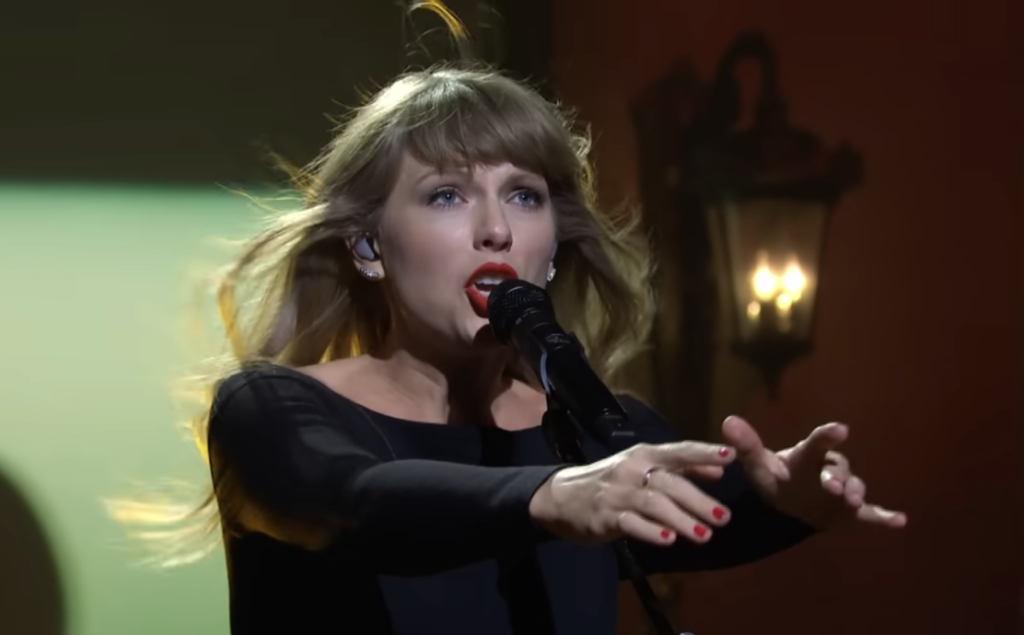
📀 10:13
In 2021, Taylor Swift broke records and hearts with the release of the 10-minute version of “All Too Well.” Originally a fan favorite from her 2012 album Red, the song had always been rumored to exist in a longer, rawer form. When she re-recorded her catalog, Swift finally released it in full, and it became the longest song to ever reach number one on the Billboard Hot 100. What made the achievement even more remarkable was that it wasn’t a dance hit or a radio edit, but a confessional folk-pop ballad that thrived on storytelling and emotional nuance. With biting lyrics, poetic imagery, and quiet fury, she turned a breakup into an epic saga that resonated deeply with her fans.
“All Too Well” wasn’t just long, it was literary. Swift’s lyrics paint vivid scenes of lost scarves, broken promises, and haunting memories that linger like autumn leaves. The extended version dives deeper into the emotional aftermath, adding verses that feel more like journal entries than traditional pop lyrics. She even directed a short film to accompany it, starring Sadie Sink and Dylan O’Brien, which only intensified the buzz. The release proved that a decade-old heartbreak could still feel urgent, especially when given room to breathe. In a streaming world dominated by two-minute hooks, Taylor Swift made a 10-minute ballad a chart-topping sensation. And in doing so, she didn’t just reclaim her music, she reshaped what a hit could be.
1. “Do You Feel Like We Do” (Live) – Peter Frampton
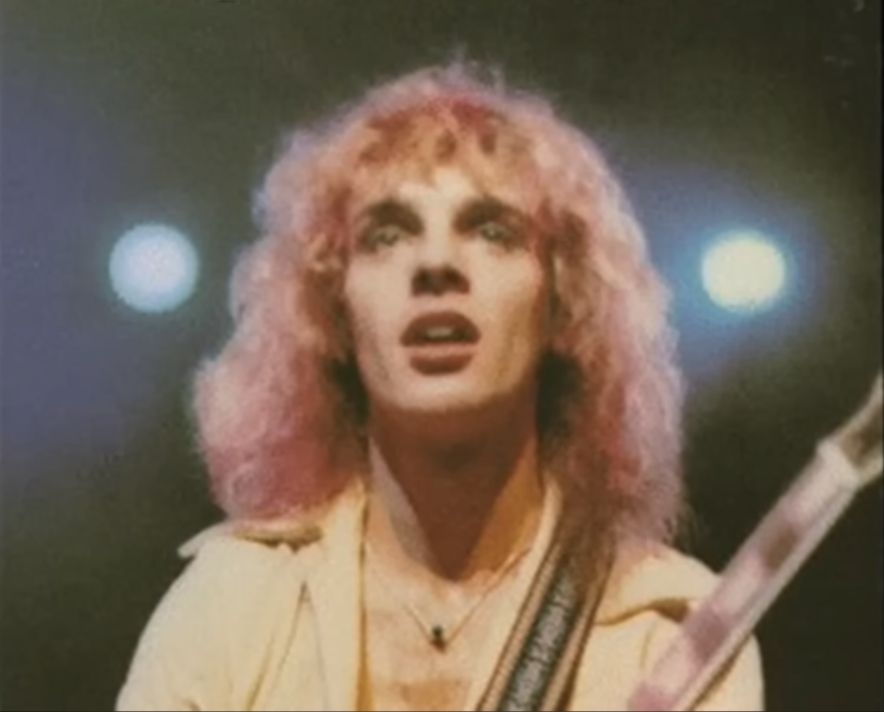
📀 14:15 (live version)
Peter Frampton’s “Do You Feel Like We Do” became one of the most iconic live rock tracks of all time, even with a runtime that stretched over 14 minutes. The version that charted in 1976 came from his blockbuster live album Frampton Comes Alive!, which turned him into a household name. Though the radio edit trimmed it significantly, the uncut version—complete with a talkbox-infused guitar solo that went on for minutes—was the one fans cherished. The single climbed to No. 10 on the Billboard Hot 100, a remarkable feat for a song that originally had no business fitting on radio playlists. The track starts off smooth and slow, then builds into a long, hypnotic jam that showcased Frampton’s guitar skills and connection with his audience. It captured the raw energy of a live show in a way few recordings ever have.
What made this track truly special was the way it didn’t feel long. Frampton’s playful interaction with his guitar using the talkbox felt futuristic at the time and added a layer of personality that fans hadn’t heard before. Audiences didn’t just listen—they felt like they were in the room. The song’s groove kept people hooked, even during its most extended instrumental passages. And it helped set the gold standard for what a live album could do commercially. To this day, it remains one of the longest performances ever embraced by mainstream radio. Not many live cuts make it this big, but this one made Frampton immortal.
Fame Fizzled, But the Songs Live Forever

What all these songs have in common isn’t just their length, it’s their lasting impact. In a world where fast hooks and quick skips dominate the charts, these tracks took their time and still found their way into the spotlight. Some climbed to number one, others redefined what a rock ballad or pop single could be. They were cinematic, emotional, and occasionally controversial, but never forgettable. Whether born in the age of vinyl or dropped in the digital era, they proved that listeners are willing to go the distance when the journey is worth it.
Long songs challenge our attention, but they also invite us to sink in deeper. They build moments, not just melodies. These aren’t just tracks that played on the radio; they’re songs people remember where they were when they first heard. Some became unlikely chart-toppers; others quietly rewrote the rules. But every single one earned its place in music history, one slow-burning, goosebump-raising minute at a time.
This story, 15 Longest Songs That Actually Hit the Charts—And the One That Just Broke Records was first published on dailyfetch.net.


